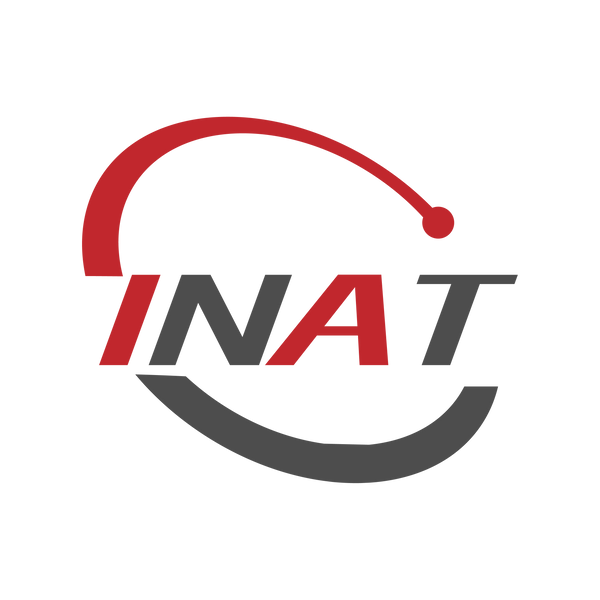
What are EV1, EV6 and EV14 injectors?
Share
For some people who love car upgrades, it is common to hear about EV1 injectors, EV6 injectors, and EV14 injectors. And what do EV1, EV6 and EV14 mean in terms of injectors?
Firstly, EV1, EV6, and EV14 refer to the injector body styles specified by Bosch. These types of injectors can have different connectors and flow rates. And “EV” represents the engineering from which the EV1 and EV6 are derived. Fundamentally, the EV1 is an original Bosch fuel injector. The EV1 fuel injectors are older and usually come with Minitimer or Jetronic connectors. With continues technology, EV6 fuel injectors have successfully replaced EV1 injectors. Visually, the height of the EV6 injectors is almost the same as the EV1 injectors. However, the EV6 injector body is smoother and narrower than the EV1 injector. Unlike the EV1, the EV6 is relatively modern and comes with a waterproof USCAR plug. USCAR plug injector length is 34 mm. The EV14 represents the current generation of injectors and is the most advanced Bosch injector on the market. Stylistically, they are shorter than EV6 or even EV1 injectors. The EV6 and E14 are the latest technology in high impedance fuel injectors. These injectors have higher flow rates and can support over 2000 horsepower depending on the flow rates. The USCAR connector is a standard way that these injectors plug into the ECU. Jetronic/Minitimer connectors are found on some older vehicles.
INAT Auto Parts has focused on high-quality fuel injectors for car upgrades over ten years, including 850cc fuel injectors, 1000cc fuel injectors, 1200cc fuel injectors, etc. These injectors can be used for E85 fuel and can effectively increase vehicle power. They are capable of operating at high fuel pressures and do not suffer from the high fuel pressure handling issues present with many other high flow, high impedance injectors. In addition, we have an ASNU test machine to conduct a strong test on the injector before leaving the factory, and the dynamic flow rate is matched within 1%.
